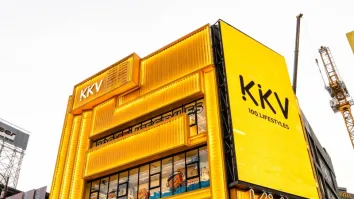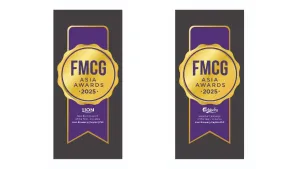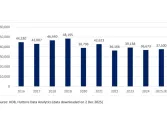
How private labels transform public perception into profit
Around 90% of buyers reveal that they are choosing private-label products.
Private-label brands have gained traction in the retail sector, with 92% of buyers claiming to choose private-label or distributor-branded products in the coming year and expect their purchase volume to increase by 21% for over three years, a report said.
According to a study by McKinsey, private-label products have gained nearly two times their gross margin than national brands can.
Whilst they had been a long practice in the industry, private labels received a broader awareness over the past three years, from the 16% rebound of revenue growth post-pandemic to the headwinds of the current market landscape.
Given the economic uncertainty, interest rate moves, and the stabilisation of supply chains of present-day retail, private-label offerings have served as a powerful tool for addressing margin and volume challenges.
“In a challenging market with competing priorities, private-label branding offers a rare opportunity to propel sustained, profitable growth and boost customer satisfaction and retention,” according to the McKinsey report.
“The power of private-label products lies in control. By defining a clear, bold objective and deploying the right team and customer-centric strategy, a private-label business can enjoy both low costs and high margins and set a steady course for success in an often unpredictable marketplace,” according to the McKinsey report.
The benefits of a vigorous private-label programme can lead to positive outcomes across the entire production and distribution workflow. Profit margins increase through premium products and services, as well as “like-item stock-keeping units.” Volume and sales grow with direct customer insights and data. The supply chain is manageable, from fill rates to shipping modes, whilst engagement helps connect to cost-conscious preferences of customers.
Launching market penetration with private-label brands revolves around four tenets to strongly understand customer needs: (1) the assortment strategy, (2) the end-to-end GTM strategy, (3) sourcing and design-to-value strategies, and (4) a strong organisation and operation model.
ALSO READ: Indonesia's garment, textile industry urges gov't action on imports, costs, instability
On assortment strategies, any step has to factor in customer feedback, product attributes, and the presence of national brands. Whilst brand awareness is crucial, concentrating on product attributes and value propositions can gauge customer value creation and allow customers to succeed in their options.
Then comes a robust GTM strategy, where distributors set the right targets for appropriate pricing and incentives. As pricing is vital, with 76% of B2B customers claiming to select private-label products for their affordability, distributors need stringent policies and processes for pricing and discount standards with customer-specific benefits such as discounts and sample kits.
As for sourcing, distributors can deliver sourcing strategies across businesses and bring suppliers into their product development goals. This leads to successful performance in market competition and saves costs through capabilities like categorisation of global suppliers, fact-based negotiations, supply chain analytics, inventory planning, and quality control.
Then, with forming a strong operating model comes a high private-label penetration with a firm leader – a general manager who knows how to optimise profit and loss and function in multiple roles. With good governance leads a team to efficiency in achieving monetary goals, enhancing resource allocation, and recognising opportunities and challenges that need resolutions.



















 Advertise
Advertise





